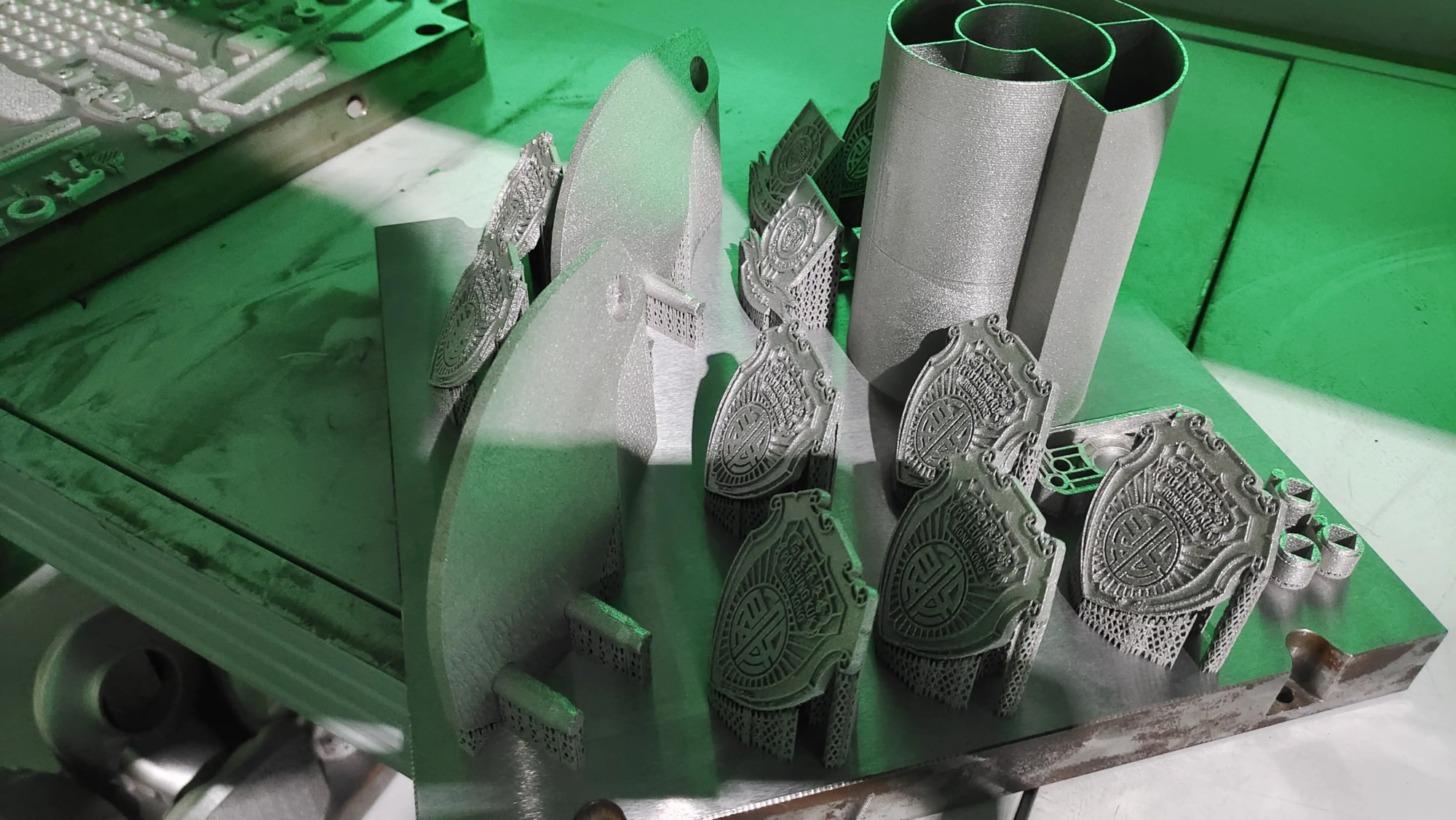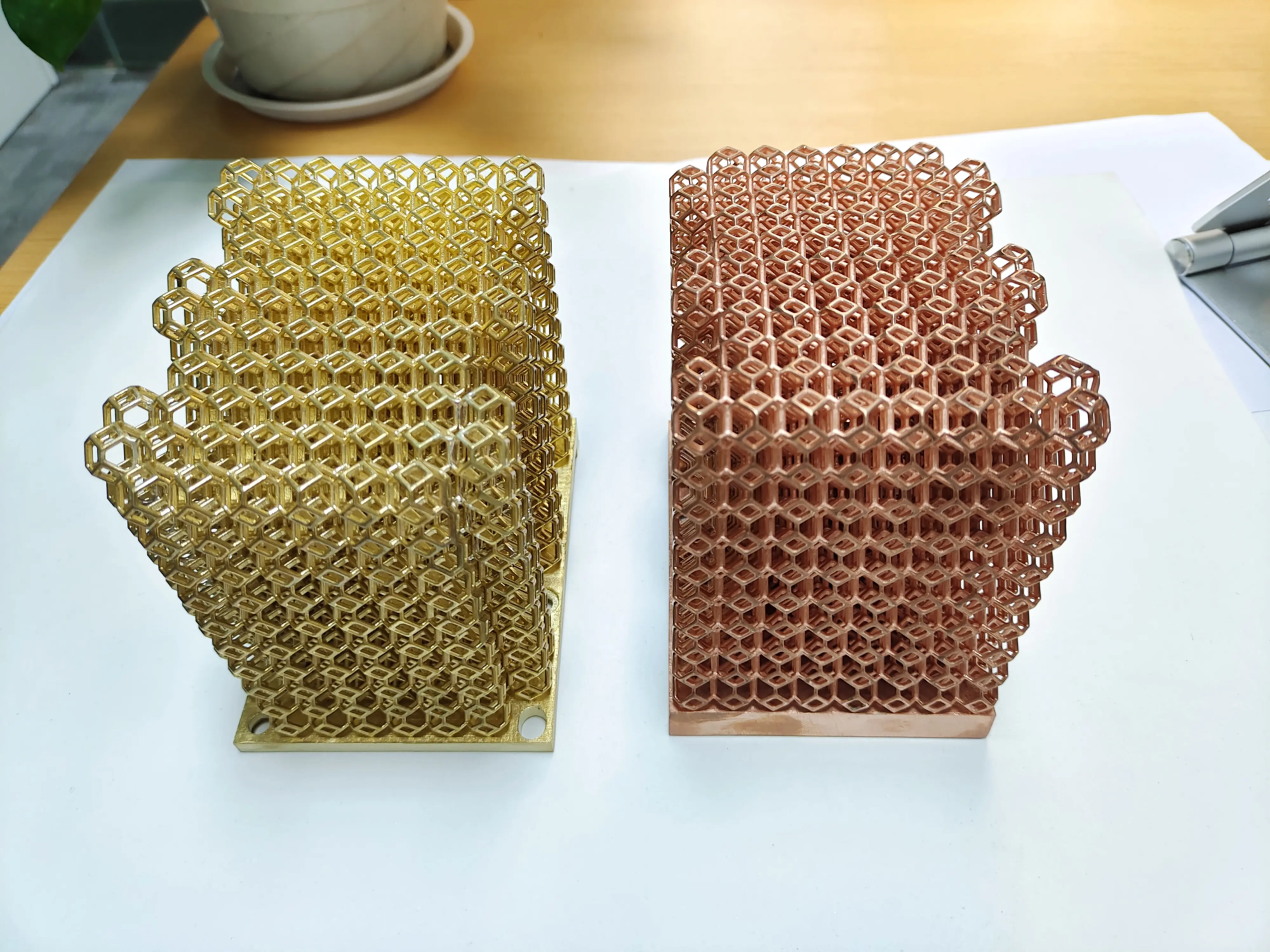Embrace Safety and Precision: A Comprehensive Guide to Acrylic Enclosures for 3D Printers
The magic of 3D printing lies in its ability to transform digital dreams into tangible reality. However, whether you’re a hobbyist experimenting in the garage, an educator mentoring students, or an engineer refining a prototype, one often-overlooked aspect can significantly impact your printing journey: the environment in which your printer operates. Unenclosed printers face challenges such as temperature fluctuations, dust, airflow, and escaping particles. Here, the humble but powerful 3D printer acrylic housing is no longer just an accessory, but an essential component for consistent, high-quality and safe results.
Why limit your printer? Convincing case for housing
Think of the enclosure as a miniature environmental control chamber for your 3D printer. Beyond the obvious benefits of containing stray plastic particles and noise, the benefits are far-reaching:
- Temperature Regulation and Warpage Prevention: Materials like ABS, nylon, and polycarbonate are known to be very sensitive to airflow and cooling inconsistencies. The enclosure maintains a stable, elevated ambient temperature around the print bed, greatly reducing thermal stress and minimizing warping, lifting and delamination. This directly translates into higher success rates and dimensionally accurate parts.
- Improve print quality: Consistent heat equals consistent extrusion and layer adhesion. The casing helps prevent sudden cooling, resulting in smoother surfaces, better overhangs, and stronger parts, which is especially important for functional prototypes.
- Enhance safety and health:
- contain: Captures potentially harmful nanoparticles and volatile organic compounds (VOCs), especially when printing materials that require higher temperatures.
- Fire protection: While not guaranteed to be fireproof, the enclosure can contain the initial flame front, giving you critical reaction time. Choosing the right materials can significantly improve safety.
- dust-proof: Protects sensitive components such as rods, bearings and electronics from airborne dust and pet hair for longer life and reduced maintenance.
- Reduce noise: Acrylic is an excellent muffler, significantly reducing fan and motor operating noise, making printing in shared or quiet spaces more enjoyable.
- Professionalism and aesthetics: The stylish casing provides a cleaner, more sophisticated look to any workshop or laboratory, projecting professionalism to business users.
Acrylic in the spotlight: material advantages
Acrylic (also known as PMMA – Polymethyl Methacrylate) is a popular choice for DIY and many commercial enclosures, and for good reason:
- Excellent clarity: Prints can be easily visually monitored without opening doors and disrupting the printing environment.
- Good strength and rigidity: Provides a strong structure when used at a suitable thickness (usually 3 mm or more).
- Chemical resistance: Resistant to many common solvents, but certain cleaners should be used with caution.
- Easier to make: Acrylic is generally easier to cut, drill and polish than alternatives such as polycarbonate (PC), making it ideal for DIY.
- Cost effectiveness: A strong balance between performance and economy.
When polycarbonate steals the show: For environments that require extremely high impact resistance or higher heat deflection temperatures (close to the printer), polycarbonate may be the first choice. However, it is heavier, more expensive, scratches more easily, and is more difficult to use.
Build your case: from design to assembly
Whether tackling a DIY project or choosing a kit, careful planning can ensure success:
-
Planning and design:
- Extensive measurements: Don’t just measure your printer! Includes full Z-axis height (including spool holder), bed motion, cable exit and door opening positions. Add plenty of wiggle room.
- Control ventilation: Essential for health (filtration of particles/VOCs) and thermal management. Plan the location of the intake and exhaust fans (e.g., intake vents near the bottom, filtered exhaust at the top). Consider integrating an activated carbon filter. Hang your exhaust fan’s duct to a window for best results.
- Rights of use: Design large, easily accessible doors (hinged or sliding doors). Magnetic closure facilitates one-handed operation.
- Fire safety: Strengthen fire safety construction! A reliable automatic fire detection module is integrated into the housing. If possible, use flame-retardant (UL94 V-0 or V-2 rated) acrylic. Consider installing a small automatic fire ball nearby.
- compatibility: Make sure your design can accommodate spool mounts (internal or external feedthrough), external electronics housings, cameras, lighting, etc.
-
manufacture:
- Acrylic cutting and shaping:
- Scores and goals scored: Best for straight lines. It takes practice to get a clean edge.
- Laser cutting: Provides precise, smooth cutting and engraving of markings (vents, labels). this ideal Choice for accuracy and professionalism (especially beneficial for complex shapes or precise vent patterns).
- CNC milling: A good alternative to thicker paper. Special tools are required.
- Join tips:
- Acrylic cement/solvent welding (e.g. Weld-On 3/4): Create incredibly strong, almost invisible connections. Careful application and good ventilation are required. Needs practice!
- Mechanical fasteners: Aluminum profiles, brackets or screw connection kits offer modularity and ease of assembly/access, but can create stress points.
- Silicone sealant: Can be used to seal small gaps after assembly for better temperature retention/dust protection, but not suitable for structural use.
- Acrylic cutting and shaping:
- Assembly and integration:
- Work on a clean, protected surface.
- Start with the base/frame structure.
- Assemble the walls methodically, ensuring perfect alignment, especially with solvent welding.
- Install door hinges with precision.
- Integrated system:
- Install fans and provide proper wire management.
- Place filters (especially exhaust filters).
- Install fire detectors inside.
- Add interior LED lighting for increased visibility.
- Make sure all cables have neat exits.
Beyond DIY: Work with the pros at Critical Enclosures
While a DIY acrylic enclosure can be a highly rewarding project, complex designs, the need for structural perfection, integration with specialized equipment, or the need for UL-rated fire-resistant materials often require professional input. This is especially important for enterprises, research labs, or when incorporating cabinets into larger systems or controlled environments.
GreatLight: Precision manufacturing expertise at your service
When your project requires the highest standards of precision, material performance and reliability – perhaps a custom housing integrated into a powder bed fusion system (SLM), specialist test equipment or a quality end-user product – working with a specialist manufacturer is critical.
As a professional rapid prototyping manufacturer, huge light Leverage advanced SLM 3D printers and advanced production technologies to solve complex challenges in rapid prototyping of metal parts. Our expertise goes far beyond printing itself. We specialize in turnkey solutions, offering comprehensive post-processing and finishing services to achieve the precise look, feel and functionality required. From complex functional enclosures requiring tight tolerances to complex mounting brackets designed specifically for the job, our ability to handle a variety of materials, including custom requirements, and provide quick turnaround has made us a leader among rapid prototyping companies.
Whether you need to build a custom component for your own enclosure, a fully engineered turnkey solution, or a complex metal prototype that requires the precision of SLM technology, GreatLight is your trusted partner for pushing boundaries. Why accept restrictions? Contact us today and let our team help you bring your most demanding precision rapid prototyping projects to reality at the best prices. Customize your solution today!
in conclusion
Acrylic covers do more than just cover your 3D printer. This is a strategic investment in the safety, print consistency, quality and longevity of your equipment. Whether embarking on a DIY adventure to create a personalized room or seeking a professional-grade solution for an industrial application or critical prototyping environment, the benefits are undeniable.
Careful planning, focusing on ventilation, fire safety, material selection and availability is crucial. For simpler setups, DIY acrylic builds offer functionality and satisfaction. However, when project complexity, precision requirements, or safety regulations escalate, leveraging the advanced capabilities of manufacturers like GreatLight (and their expertise in SLM metal printing, prototyping, and comprehensive finishing) ensures optimal performance, reliability, and peace of mind. Embracing the Shell: Transforming 3D printing from a variable process to a controlled, high-quality process.
FAQ: Your Acrylic Housing Questions Answered
Q1: Is acrylic shell suitable for printing PLA?
one: While PLA usually prints well without a case (and overheating can sometimes cause jams by softening), a case can still be beneficial. It repels dust, reduces noise, improves air quality by trapping particles (although PLA emits fewer VOCs than ABS/nylon), and can help reduce minor drafts that cause large prints to warp.
Q2: What thickness of acrylic should I use?
one: 3 mm (1/8") usually minimum Recommended thickness for stability and rigidity for smaller enclosures. 5 mm (1/4") Stronger and better suited for larger enclosures or increased sound/heat insulation. Thicker boards also allow for larger unsupported panels without buckling.
Q3: Can I use other clear plastic?
one: Yes, alternatives exist, each with trade-offs:
- Polycarbonate (Lexan): Excellent impact and heat resistance. Ideal for high-heat environments or safety-critical applications. More expensive than acrylic, harder to cut/process, and easier to scratch.
- Peteg: Easier to thermoform than acrylic/polycarbonate. More impact resistant than acrylic, but less rigid and prone to scratches. Great value for money.
- Styrene (HIPS): Cheaper, but brittle, easily scratched, and has poor chemical resistance. Not recommended for enclosures requiring durability.
Q4: Why is ventilation needed even in a closed environment? Why not keep it sealed?
one: Ventilation serves two key purposes:
- Safety/Health: Removes potentially harmful nanoparticles (UFPs) and VOCs released during the printing process to prevent build-up. For some higher temperature materials this is non-negotiable.
- Thermal management: Prevent excessive heat build-up that could damage the printer electronics or the filament spool inside. Active ventilation helps circulate air and maintain controlled temperatures.
Q5: What are the main considerations for fire safety?
one:
- Material selection: Whenever possible, use flame-retardant (FR) grade acrylics (such as UL94 V-0).
- Detection: mandatory inclusion Automatically trigger fire detection module in shell. Thermal or optical sensors are common choices.
- Readiness: Keep a fire extinguisher suitable for electrical fires (Class C or ABC) Convenient transportation Close to your printer. Consider installing one fireball or similar automatic suppression devices in or near the enclosure.
- manage: If possible, never leave a printer unattended for long periods of time, and avoid running a printer overnight unless absolutely necessary and with robust remote monitoring/control.
Q6: How much does it cost to DIY an acrylic shell?
one: Costs vary widely depending on:
- size
- Thickness and quality of acrylic (FR costs more)
- Cutting method (DIY scoring vs. professional laser cutting)
- Connection methods (mechanical hardware vs. solvents)
- Accessories (fans, filters, detectors, lighting).
A DIY version of a typical desktop printer size using basic materials and simple assembly is expected to cost $50-$200+. Costs climb with added features and specialized manufacturing.
Q7: Where can I accurately cut DIY acrylic sheets?
one: Several options exist:
- Laser cutting services: Online platforms (e.g. Ponoko, SendCutSend) or local makerspaces/makers offer high-precision laser cutting based on provided CAD files (DXF/DWG) or designs.
- Hardware store: Some big box stores offer acrylic cutting services, but accuracy for complex shapes/angles may be limited.
- DIY: Scoring tools can be used, but excellent skill is required to achieve clean seams and precise angles, which are critical to structural integrity when solvent welding. Laser cutting is generally recommended for best results.





